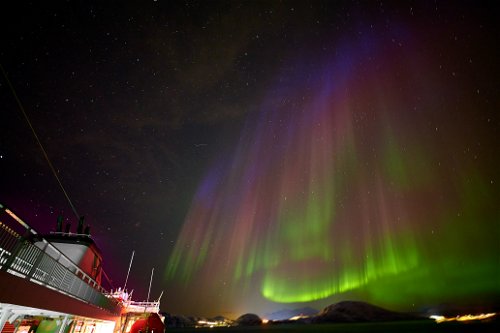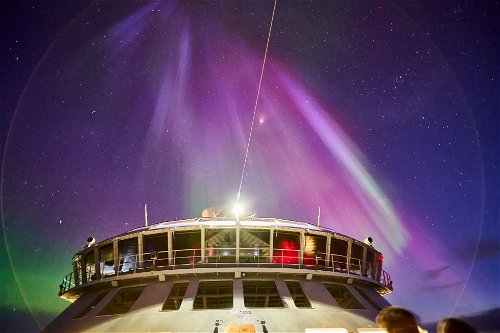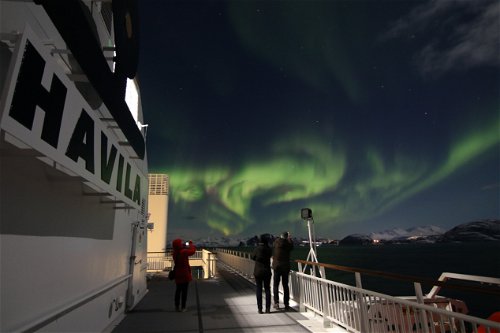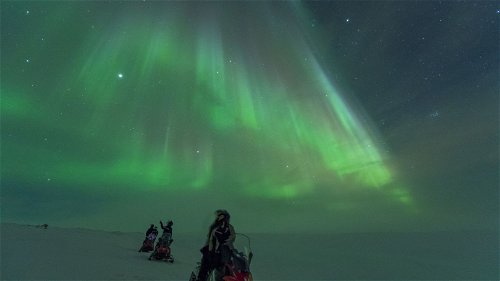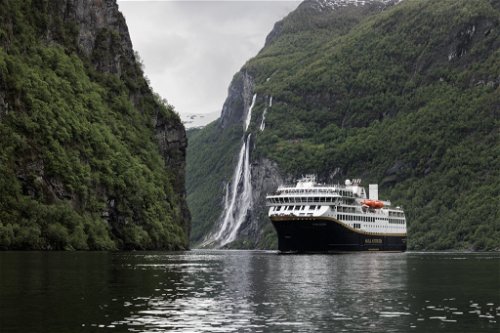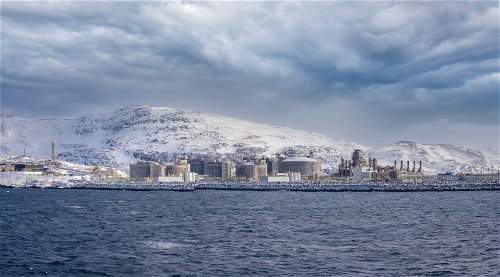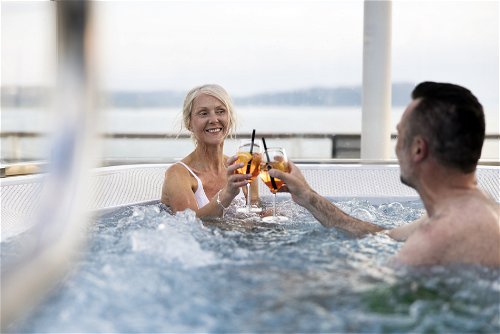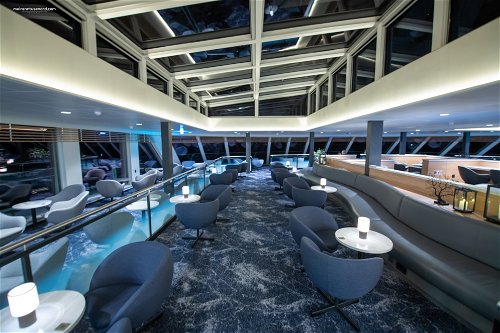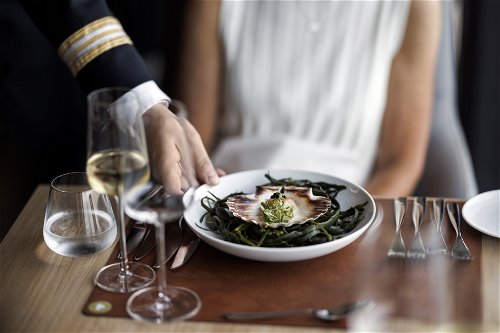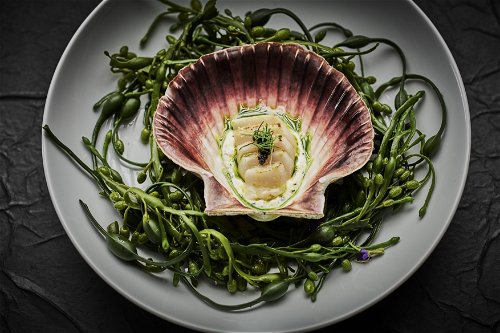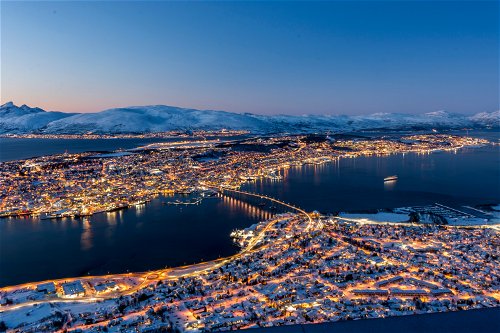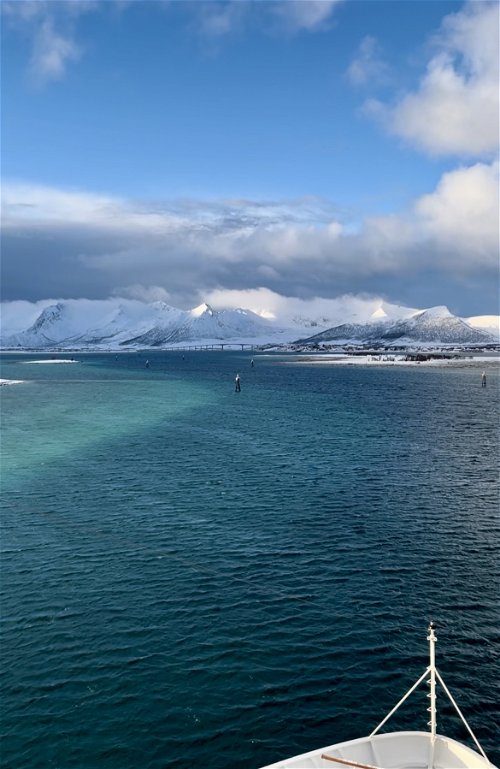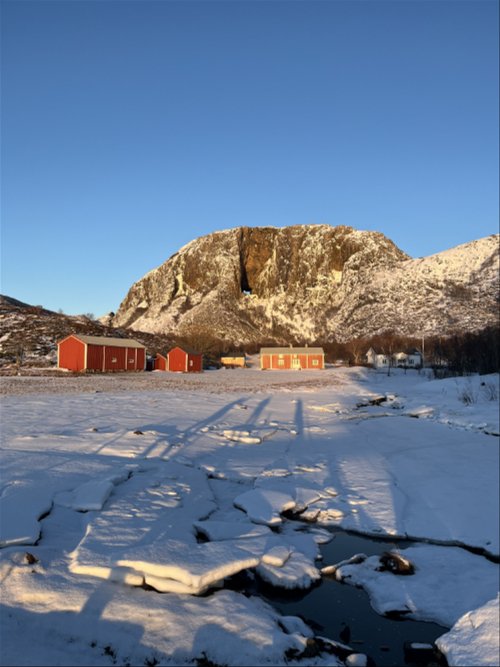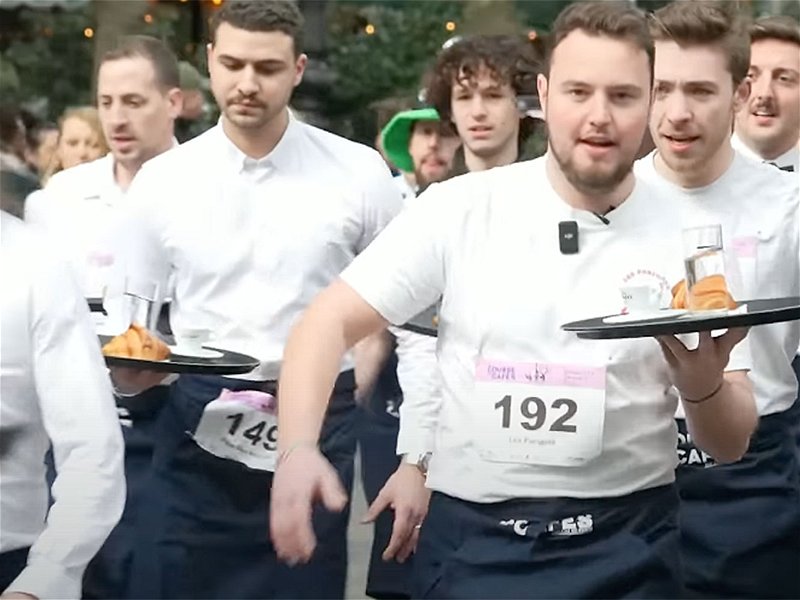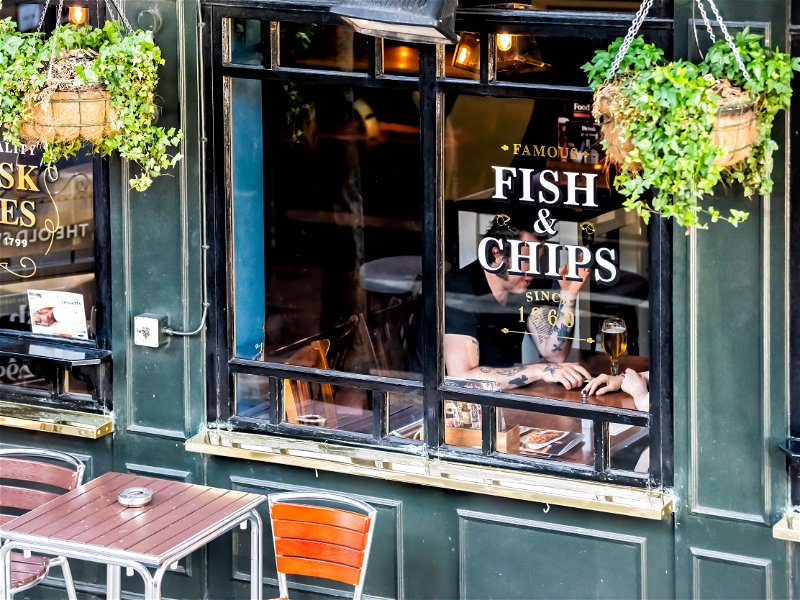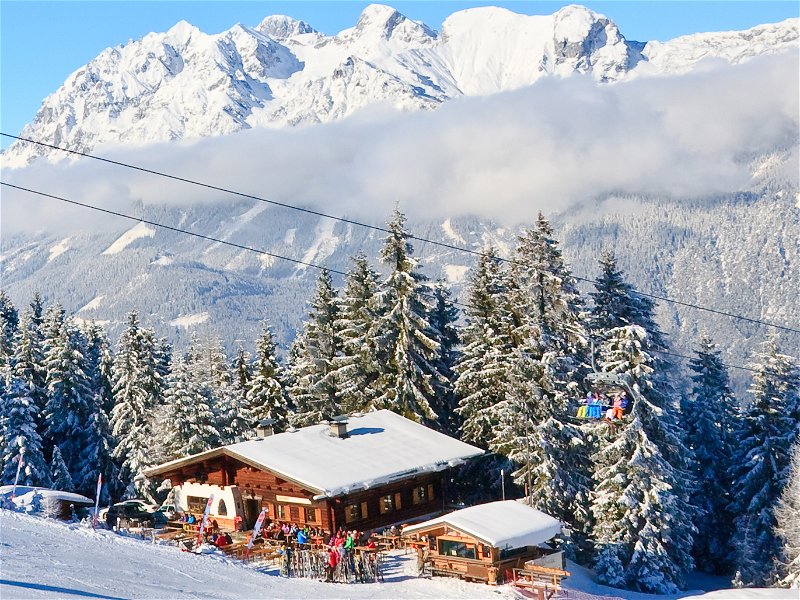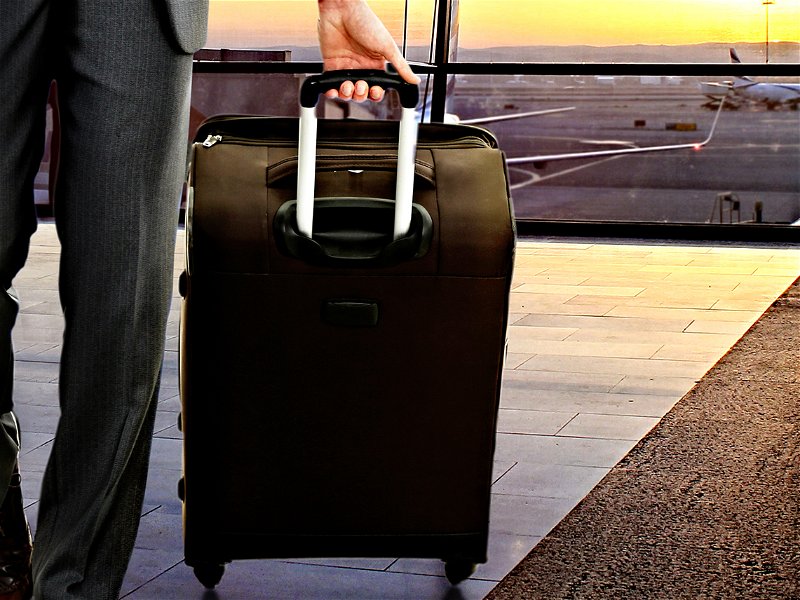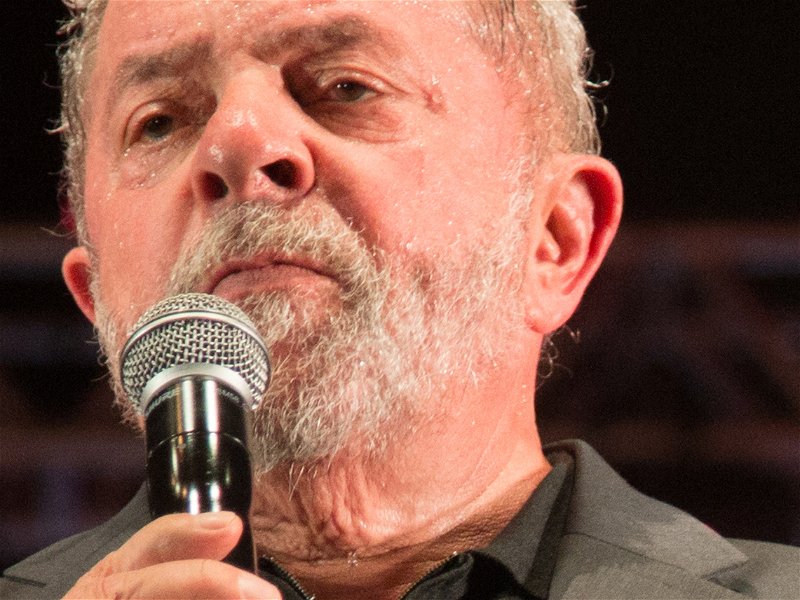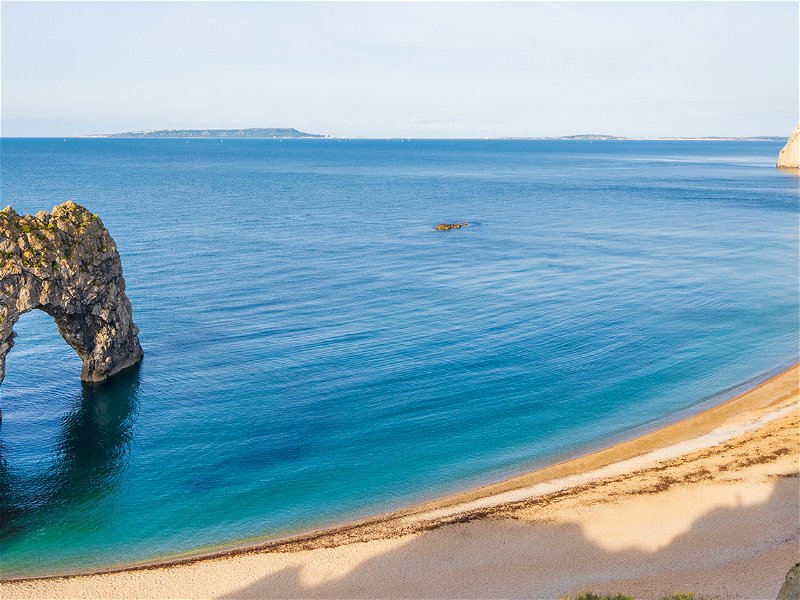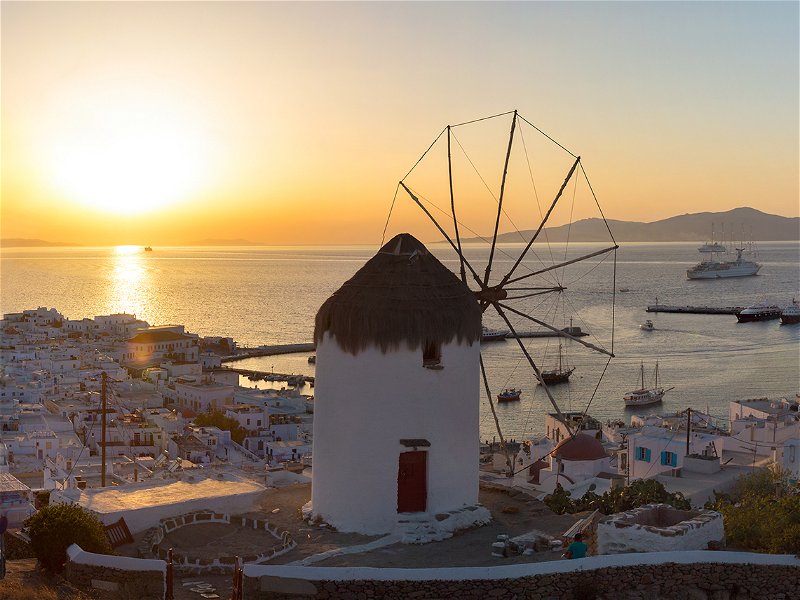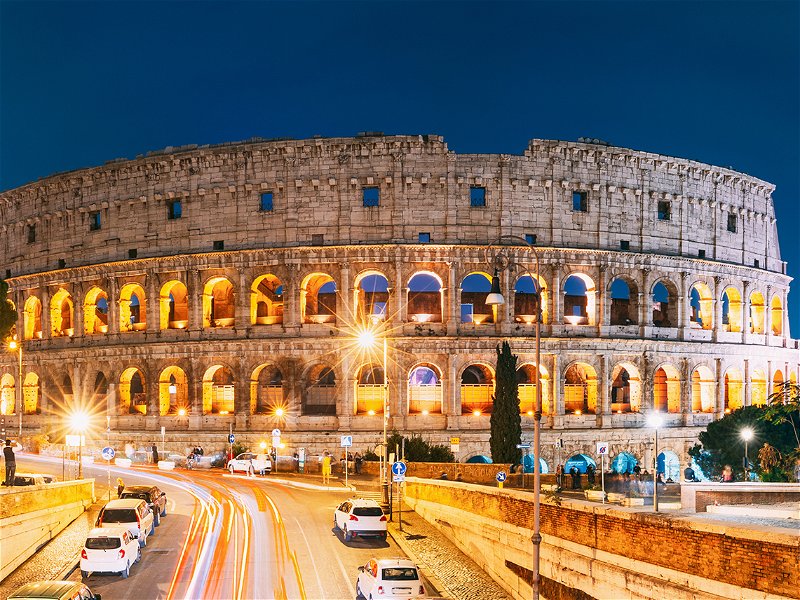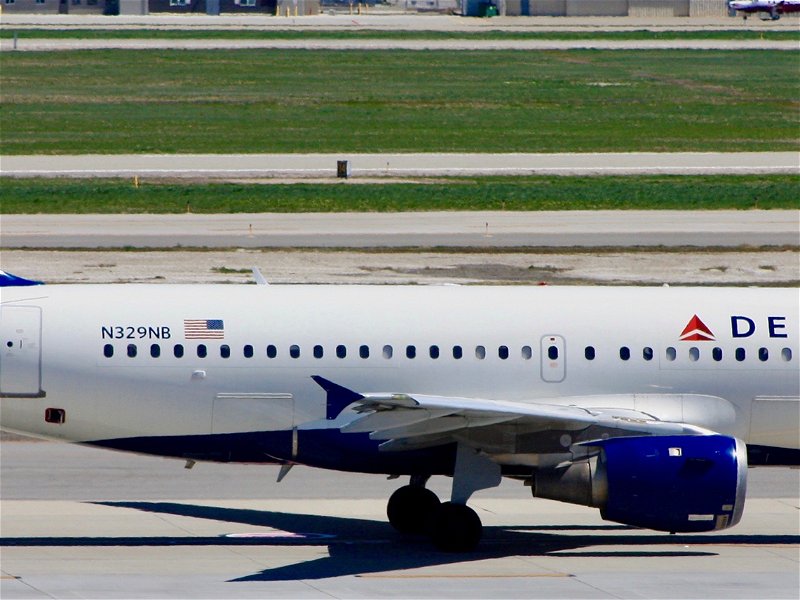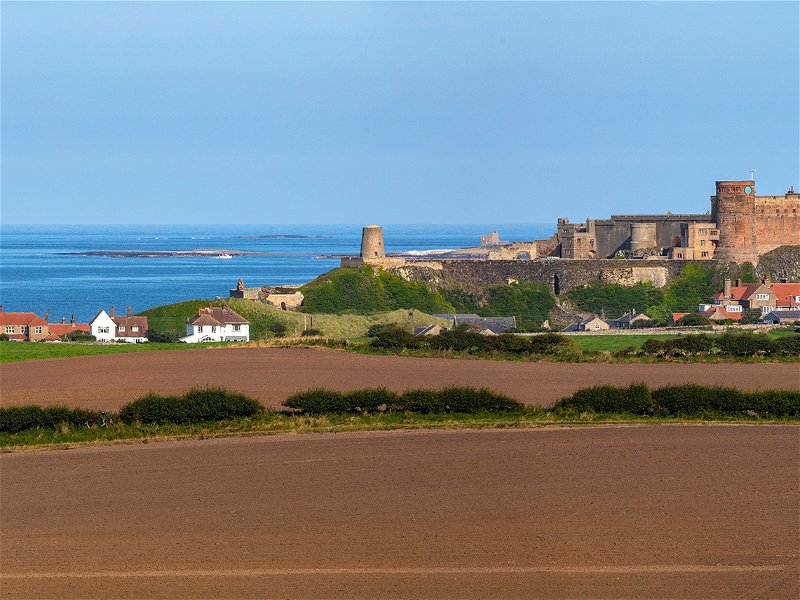Northern lights guaranteed: with Havila Polaris on the Norwegian Coastal Express
Breathtaking landscapes, unforgettable natural phenomena and culinary highlights: there's more to see on the Coastal Express than just the Northern Lights. And the classic Hurtigruten along the Norwegian coast has also gained competition.
It is February 15, 2024, 7:29 p.m., when the first alarm goes off in Båtsfjord. The Havila Polaris had only set off on its journey south from Kirkenes in Norway - not far from the Russian border - a few hours earlier when some guests fled the restaurant in a hurry.
"Nordlys" was the keyword that made even non-Norwegian-speaking travellers panic. Without jackets, scarves or hats, they storm two decks up into the minus 16 degree polar night. Less than two minutes later, they give up; false alarm. Inside, my skin is burning and my fingers are only slowly thawing. The reindeer stew is cold, as is the halibut. But those who have been left behind give hope. You've already seen them: the Northern Lights.
The Northern Lights promise
After all, it is promised to the guests - some even book a trip on the mail boat route just because of them. If you still don't see the impressive play of colours on the round trip from Bergen to Kirkenes and back again between October 1st and March 31st, the shipping company's Northern Lights promise applies: the north or south trip can then be repeated free of charge in the next season.
"It's pretty unlikely that this will happen," confirms Pia Kuusisto, Havila Head of Sales for the DACH market. Solar physicists are also expecting 2024 to be a peak year: the aurora borealis will be more visible than it has been for at least a decade.
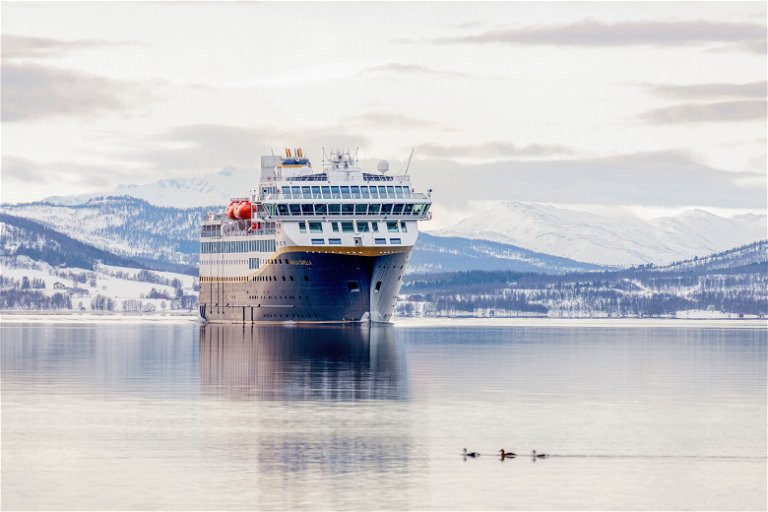
Fear of missing them
And although the bridge immediately informs you by loudspeaker as soon as the Northern Lights are visible, the fear of missing them remains. After all, the daily meeting with the expedition team had previously calculated a chance of only twelve percent. After the first alarm, the aurora app remains open next to the plate.
Later on, it's hard to think about sleep, your eyes keep wandering to the sky or the app - until the announcement sounds for the second time; it's time to wrap up warm on deck. And although you know what to expect from the pictures and videos, you are left speechless for a few seconds when you see it. There are moments you never forget. Seeing the Northern Lights for the first time is undoubtedly one of them. For about an hour, the brightly coloured lights dance above the heads of the passengers.
Through the polar night on a snowmobile
Rarely are they so intense that you can capture them with your smartphone. They generally appear more intense in photos than in reality, which is why it is best to scan the sky through the camera when hunting for them. On this night, however, the aurora borealis was impossible to miss.
At least in the first half of the night. Pumped full of adrenaline, it's hard to fall asleep, but the next adventure is already waiting in the middle of the night. As soon as the Havila Polaris has docked in Mehamn, the northernmost port of the trip, at around 2:00 a.m., some travellers swap the ship for snowmobiles. We travel on them for around two hours through the polar night to the next port.
Dark snowy desert
Unfortunately, there is not much to see this time: neither auroras nor stars or the moon light up the night. But anyone who has ever wondered what absolute darkness looks like will get an idea after this trip. It's difficult to keep your bearings in this dark snowy desert; snow is constantly whipping against your helmet, sometimes getting caught underneath. The ship is already waiting in the harbour of Kjøllefjord at around 4:00 am. Next destination: the preheated cabin and a cosy bed.
The next morning awaits with bright sunshine. That's why the Havly Café serves a late riser's breakfast on deck - after all, you don't want to miss a single piece of land. Armed with coffee and a cinnamon bun, we listen intently to the expedition team. Before the Havila Polaris docks in the northernmost city in the world, it passes one of the country's most important islands: Melkøya, ( the milk island). However, cows and sheep have long since left here; instead, the island has been home to one of Europe's largest LNG production plants for over 15 years. With an annual capacity of around six billion cubic metres, the gas from the "Snøhvit" (Snow White) gas field in the Barents Sea is delivered here via a 140-kilometre-long underwater pipeline and cooled to a temperature of minus 162 degrees Celsius. In this way, it can be shipped worldwide in liquid form on LNG tankers.
The shipping company also benefits from this. Each of its four coastal cruise ships is designed to keep the CO2 footprint as low as possible. The low-emission LNG drive helps here. But that's not all: when the Havila "Capella", "Castor", "Polaris" and "Pollux" were built, they were also equipped with the largest battery packs ever installed on a passenger ship. This allows the ships to travel completely emission-free for four hours at a time. This gives them a decisive advantage over other cruise ships, especially in Norway. While the latter will no longer be allowed to sail into the Geirangerfjord, a World Heritage Site, from 2026, for example, the Havila fleet can continue to sail into the sensitive ecosystem - and its measures have secured it first place in NABU's 2023 cruise ranking.
In the northernmost city in the world
Around 1,200 kilometres further north as the crow flies, travellers continue to marvel at the island - and what lies behind it: the town of Hammerfest, also known as the gateway to the Barents Sea. The sun has only been rising here again since January 21, before that the place was in darkness for around two months. You have an hour and a half to explore the city - enough time to visit another UNESCO World Heritage Site. Only about ten minutes' walk separates the ship from the first technical-scientific object to be included in the list: the Struve Meridian Arc. Around 170 years ago, its coordinates were used not only to calculate the size of the Earth, but also to prove to the German astronomer Friedrich Georg Wilhelm Struve that the Earth is not perfectly round, but flat at the poles.

The hours until the next longer stop invite you to explore the ship. But only from 4 p.m., when the sun disappears behind the horizon - and with it the fear of missing the passing landscape. There are two saunas for those who want to relax or thaw out: one for women and one for men. Afterwards, you can cool off in the large outdoor area with arctic snow. If the weather permits, two jacuzzis invite you to linger longer in the cold. It's hard to imagine that you could get sunburnt in the same place a few months later during the midnight sun, at three o'clock in the morning.
A look behind the scenes
But even indoors you will find exactly the relaxation you would expect from such a trip. Particularly popular is the lounge on deck 6 in the bow of the ship. It is reminiscent of the living room at home. Whether snuggled up in front of the fire or in an armchair by the panoramic window, here you can sink into one book after another. If you're not a bookworm, you might find mental relaxation by doing puzzles with other travellers, who soon become less of strangers. Excess energy is best released in the fitness rooms on deck 7 - also with a view of the passing landscape. Anyone interested in technology, facts and figures, on the other hand, can take a look behind the scenes on a tour of the bridge.
54 grams of food waste per person per day
And before you know it, it's time for dinner again. In addition to the Havly Café, which offers light snacks, cakes and sandwiches throughout the day, and the Havrand Restaurant, which serves a selection of à la carte dishes at all meal times, the Hildring Fine Dining attracts gourmets to round off the day with a culinary highlight. While the main restaurant delights with everyday Norwegian dishes, the Hildring serves the region's freshest ingredients in a sophisticated five-course menu. Whether it's Norwegian beef tartare, cod from the Lofoten Islands or reindeer from Finnmark, the Postal Boat Route is brought to life in culinary terms here.
What makes it extra special is the high level of sustainability practiced on board, in all areas. The food concept is also designed to be as sustainable as possible. When designing the four sister ships, Havila had the clear goal of limiting food waste per person per day to 75 grams. This is made possible by the seasonal and regional offer, and by not having buffets. Calculated over the entire year 2023, the original target was thus far exceeded - and reduced to 54 grams.
The "Gateway to the Arctic"
Around midnight, the Havila Polaris reaches the "Paris of the North". However, Tromsø is even better known as the "Gateway to the Arctic". Numerous Arctic expeditions used to start from here. Today, the student city attracts a younger crowd in particular to its numerous bars and clubs. So it's ideal that the ship docks at a later hour on its tour south. There is always enough time for a beer, cocktail or typical Norwegian cider. However, you shouldn't get lost - ships are not known to wait for late travellers.
And it would also be a shame to miss the following passage. You soon realise that the Northern Lights are only a tiny part of the breathtaking natural spectacles that accompany this journey.
The route to the Vesterålen is pure millimetre work for the team on the bridge. The passage through the archipelago leads exclusively through Risøyrenna. The artificial shipping lane, which has been deepened to almost seven metres, is the shallowest point that ships have to pass on the postal route. A real challenge with a draught of 5.3 metres alone. Maneuvering through the staked-out passage is always a captivating experience for travellers.
Keeping an eye on the time
One snowstorm later, you can learn more about its origins at the Hurtigruten Museum in Stokmarknes. The museum resembles a journey through time to the past and shows impressively how the "fast route" (Norwegian Hurtigruten) became the most important shipping route in the country and how she became the namesake of the best-known shipping company on this route - and all this on board the originally restored MS Finnmarken from 1956. But even here it is important to keep an eye on the time, because after about an hour the Havila Polaris continues its journey again - this time in the direction of the Lofoten Islands.
With its unique landscape and wide range of outdoor activities, the archipelago off the coast of the North Atlantic is a popular destination for nature lovers and adventurers.
From Svolvaer, it's a 10-minute bus ride to Kabelvåg, once the most important fishing village in the region. A one-hour walk through the village shows just how important fishing was then and still is today. And there is also a short talk on board about what is probably the most important delicacy in the north: stockfish.
The Seven Sisters
On the morning of the fourth day, the Havila Polaris crosses the Arctic Circle. This is also noticeable in the rising temperatures. Just below zero degrees and bright sunshine attract the majority of travellers to the deck but not just because of the weather. The next scenic highlight is already waiting: the Seven Sisters; the majestic seven mountains that are so close together that they can be climbed in one day - provided you are on the mainland. The highest sister rises almost 1,100 metres. Among them are a pair of twins who only reveal themselves the further south the ship travels.
There the ship docks in Brønnøysund. The city, in the middle of the country, is home to the Norwegian Central Registry with a variety of databases ranging from marriages and driving licenses to bankruptcies. However, most tourists are attracted by an old legend concerning the legendary Torghatten mountain. According to the legend, the mountain is a petrified hat and its famous hole - through which the Havila ships would even fit - is the result of a mythical conflict. Before the Torghatten turned to stone, it is said to have been shot through with an arrow.
In summer, it's worth hiking up the mountain, in winter it's better to enjoy the view from below - and immerse yourself in the legendary world of the Norwegian trolls with Norwegian delicacies such as gløgg and lefse.
More than the Northern Lights and midnight sun
For many, the journey ends the next morning in the home of Nordic delights, Trondheim. In principle, boarding and disembarking is possible at all ports. The complete round trip from Bergen to Kirkenes and back takes a total of 11 nights, calling at 34 ports 365 days a year. This is only possible because a ship departs from Bergen every evening on the 2,500 nautical mile (= 4,630 kilometres) journey. This means that a total of eleven ships are constantly underway - four from Havila and the remaining seven from the Hurtigruten shipping company.
You finally leave the ship with a feeling that is difficult to describe. For many, it's a "once in a lifetime" trip, and it hardly matters whether it's in summer or winter. You will - I promise - not only be left speechless by the Northern Lights or the midnight sun. In the end, you can only really understand the fascination that people have felt for this region for thousands of years if you have experienced it first-hand.
Don't miss out!
Sign up now for our newsletter.

